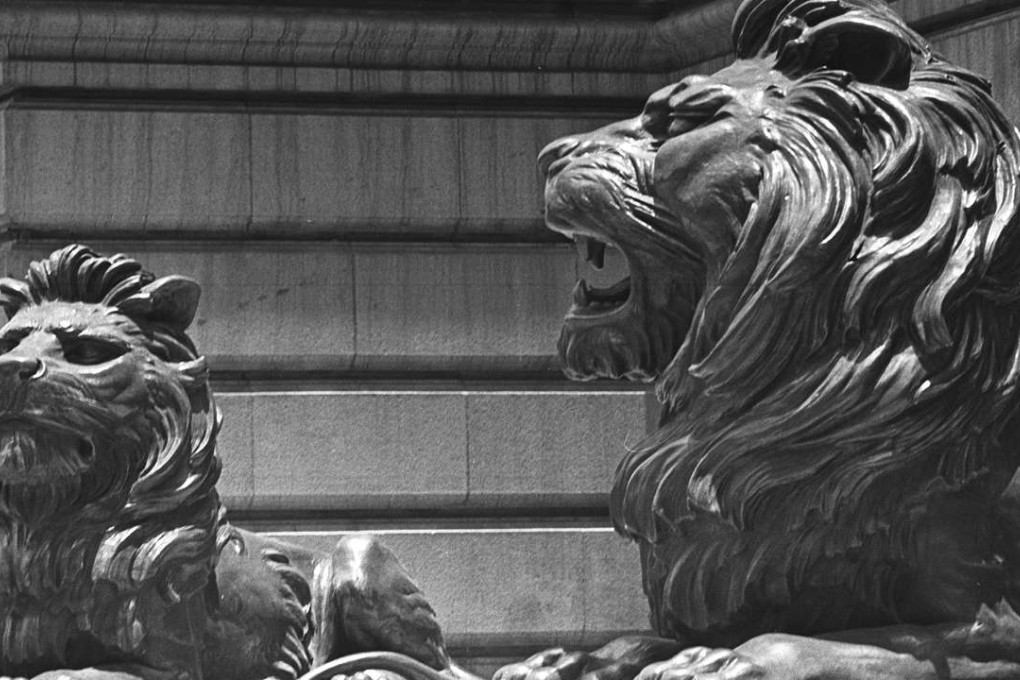Then & Now | Hong Kong urban myths: why the truth should get in the way of a good story
If tour guides, corporate ‘histories’ and locals repeat urban legends loudly and often enough, fiction soon becomes fact

Acknowledgment of ignorance, for most people, signals the beginning of a desire to learn more. But Hong Kong, as ever, provides an exception to this rule. A classic example is the overflowing grab bag of urban legends, distortion, confabulation and nonsense that makes up so much popular local historical “knowledge”.
Left unchecked, Hong Kong’s urban myths rapidly take on a life of their own.
If a local legend gets a five-minute head start on the prosaic truth, hard facts seldom overtake the fanciful version, thanks to the human preference for dramatic – or fun – stories. Eventually, a ripping yarn becomes so widely retailed, by so many people, with such seeming authority, over such a long period, that it becomes unchallengeable truth in the popular imagination.
Serious historical research takes time and money. Corporate “histories” bashed out to tight deadlines as anniversary giveaways – as most such publications are in Hong Kong – seldom budget adequate resources, and plausible excuses have to be found for flimsy output.
The wartime destruction of archives is an example. While much valuable paperwork was lost during the Japanese occupation, a lot was not. Significant amounts of Hong Kong-related material survived in other locations – the “other half” of official and private correspondence, for example.

Lurid, shock-horror variants of the past are commonplace in Hong Kong. War stories offer a classic illustration. One of the lions outside the HSBC headquarters in Central sustained shrapnel damage from shelling during the Japanese invasion in December 1941. Jagged holes sheared into the thick bronze can still be seen, along with a shell fragment – white hot when it exploded – that welded itself to the base. Yet, despite the evidence, tour guides continue to insist these gashes were caused by bullet damage. Small-arms fire – even at point-blank range – could not have caused that extent of damage; the bullets would have ricocheted. What’s more, there was no fighting in Central. The final Allied-Japanese line on the northern coast of Hong Kong Island, at the time of the British surrender on Christmas Day 1941, was in Wan Chai. With no bullets fired at close quarters in the area, the oft-repeated tale becomes doubly impossible. Yet, through endless repetition, this nonsense has become evidence-based truth.
